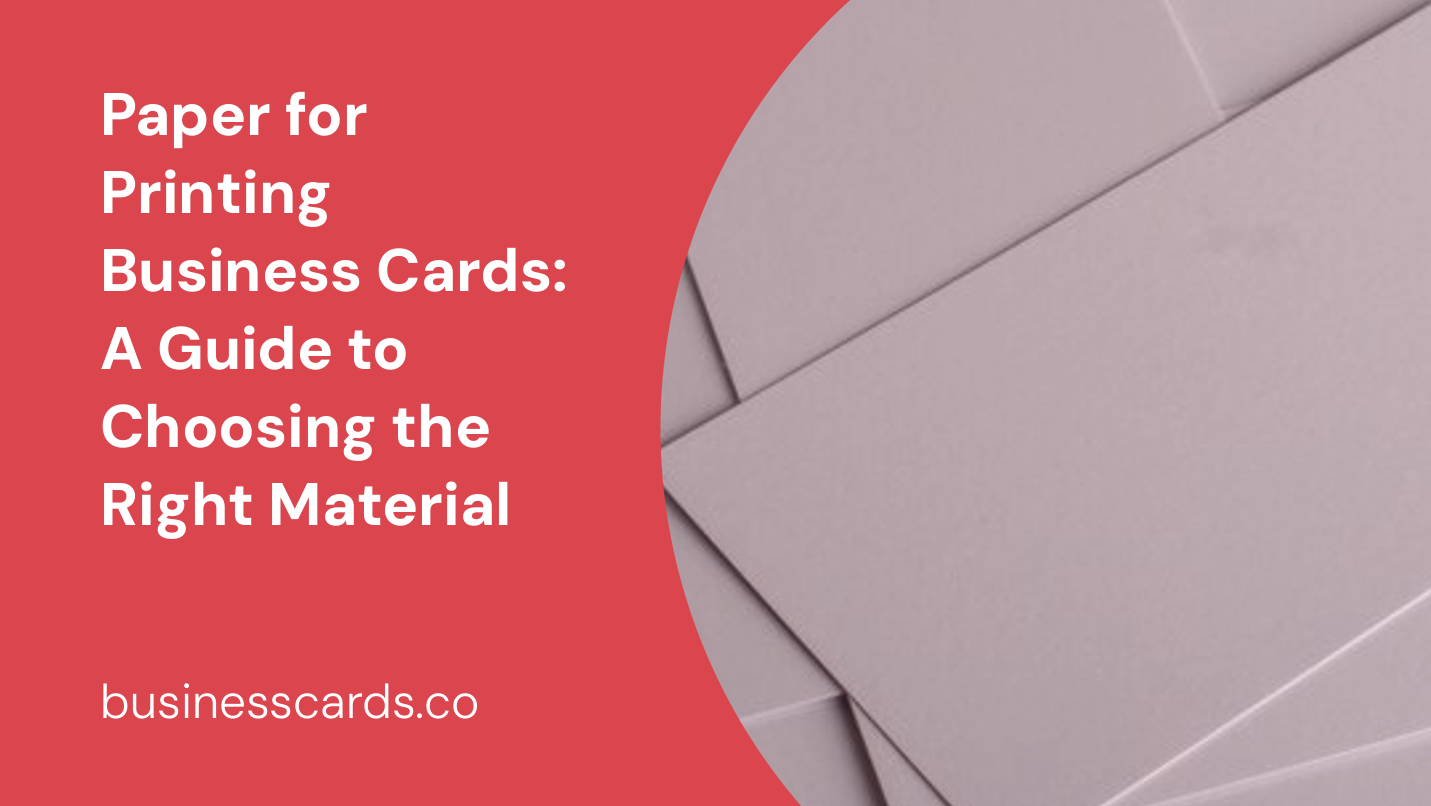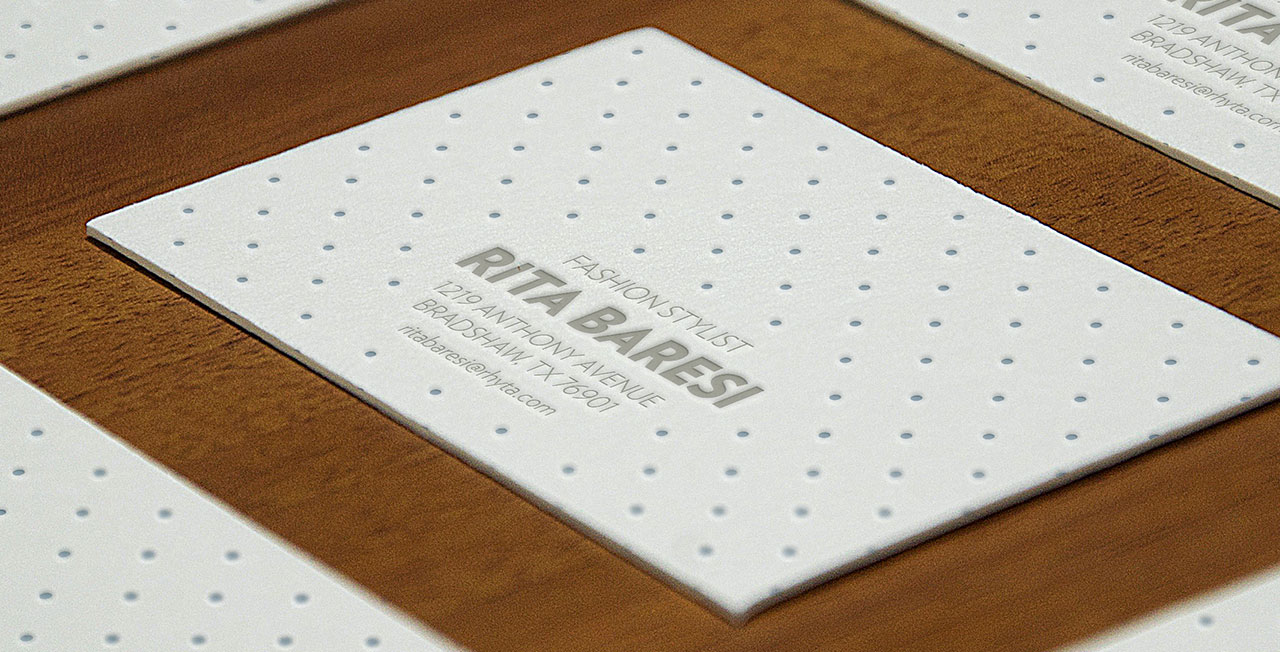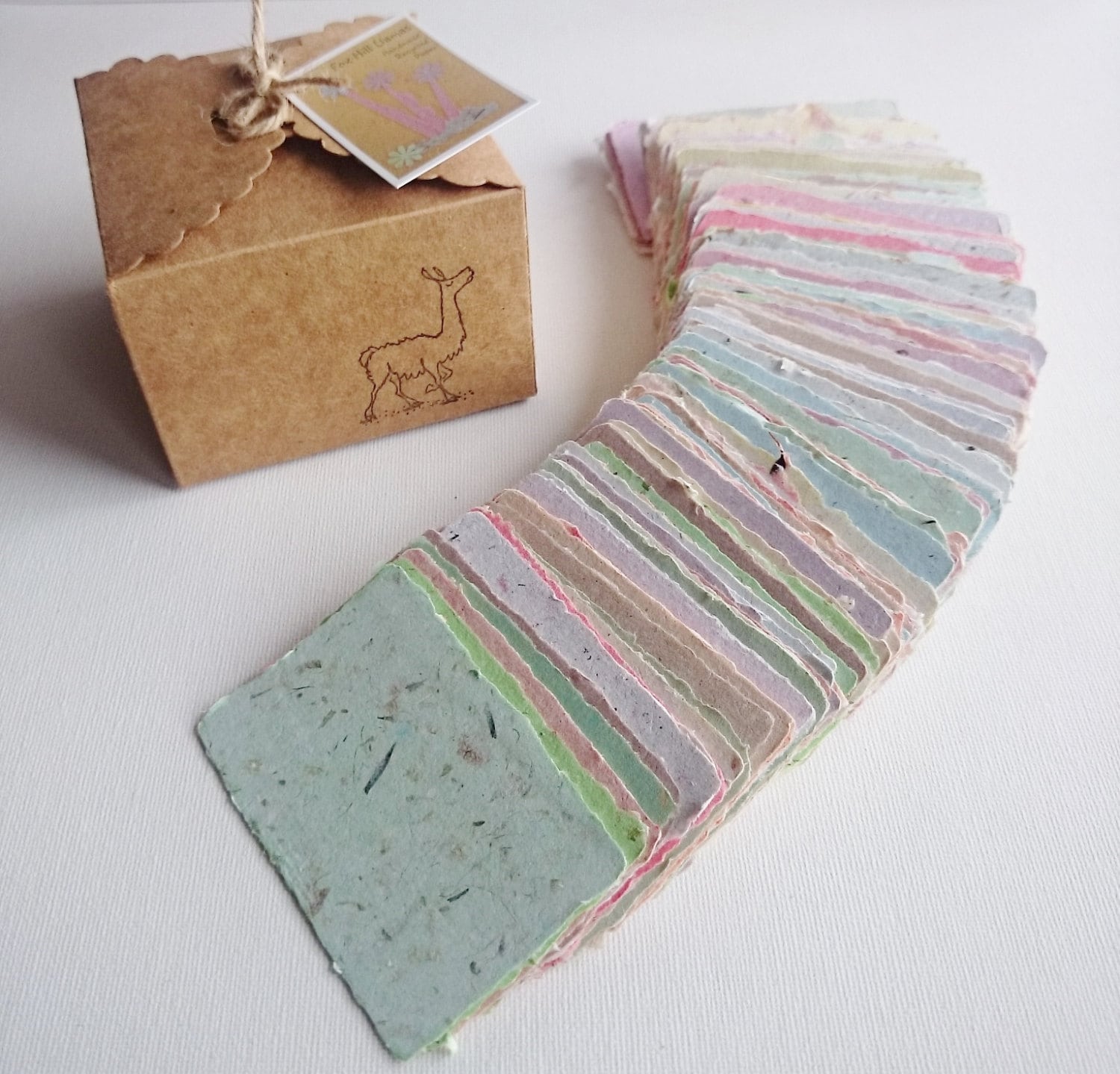
If you’re looking to make a lasting impression with your business cards, one of the most important factors to consider is the type of paper you use. While the design and content of your business cards are essential, the material they are printed on can significantly impact the overall look and feel of the cards. In this guide, we will explore the different options available for paper used in printing business cards and help you make an informed decision based on your needs and preferences.
Understanding the Importance of Paper Selection

Before delving into the various types of paper available for printing business cards, it is crucial to understand why the choice of paper matters. Your business card is often one of the first points of contact between you and potential clients, partners, or employers. The tactile experience your card provides can leave a lasting impression and convey a sense of professionalism and attention to detail. Choosing the right paper can enhance the overall perception people have of your business or personal brand.
Factors to Consider When Choosing Paper for Business Cards

When choosing paper for your business cards, several factors should influence your decision. These include the thickness, finish, texture, and color of the paper. Each element plays a role in determining the final look and feel of your business cards. Let’s explore these factors in more detail:
1. Thickness
The thickness of paper used for business cards is typically measured in terms of “points.” A higher value indicates a thicker cardstock. Standard business cards usually range from 14 to 20 points. Thicker cards tend to feel more substantial and durable, conveying a sense of quality and professionalism. However, keep in mind that extremely thick cards may be challenging to fit into wallets or business card holders.
2. Finish
The finish of the paper refers to the smoothness or texture of the surface. The most common finishes for business cards are matte, glossy, and uncoated.
- Matte Finish: This finish provides a non-reflective surface that can create an elegant and sophisticated look. Matte finishes are often considered versatile and suitable for various business card designs. They can also be easy to write on if you prefer to add additional notes or details to your cards.
- Glossy Finish: A glossy finish offers a reflective surface that enhances the colors and graphics on your business cards, giving them a vibrant and eye-catching appearance. However, the glossy finish can be prone to fingerprints and smudges, making it less suitable for cards that may be frequently handled.
- Uncoated Finish: An uncoated finish provides a natural and textured surface, giving your business cards a tactile feel. Uncoated paper is often preferred for designs that lean towards a more organic or rustic aesthetic. Keep in mind that uncoated paper may absorb ink more, resulting in slightly less vibrant colors.
3. Texture
The texture of the paper can add an extra dimension to your business cards, making them visually and tactilely interesting. Some common textured paper options include linen, laid, and cotton.
- Linen Texture: Linen-textured paper features a subtle crosshatch pattern, creating a fabric-like appearance. It provides a touch of elegance and sophistication to your business cards.
- Laid Texture: Laid-textured paper has visible, parallel lines running through it, mimicking the look of handmade paper. It can add a unique and distinctive touch to your business cards.
- Cotton Texture: Cotton-textured paper offers a soft and luxurious feel. It is often used for premium business cards as it exudes a sense of high quality and exclusivity.
4. Color
While white is the most common color for business cards, you can also choose from a variety of other colors to make your cards stand out. Colored business cards can help reinforce your brand identity or make a bold statement, depending on your industry and personal preferences. Consider matching the color of your paper to your existing branding elements to maintain consistency.
Types of Paper for Printing Business Cards
Now that you understand the various factors affecting the choice of paper for your business cards, let’s explore some specific types of paper you can consider:
1. Standard Cardstock
Standard cardstock is one of the most popular options for business card printing. It is sturdy, durable, and available in various thicknesses and finishes. Standard cardstock is a safe choice that works well for most business card designs and can be easily sourced at affordable prices.
2. Recycled Paper
If environmental sustainability is a priority for your business, opting for recycled paper is a great choice. Recycled paper comes in various thicknesses, finishes, and colors, allowing you to find an option that aligns with both your brand’s values and aesthetic preferences.
3. Specialty Paper
For a unique and eye-catching business card, you may consider specialty papers, such as metallic, textured, or translucent paper. Metallic paper provides a shimmering effect, while textured paper adds depth and interest. Translucent paper can give your business cards a modern and elegant look as it allows light to pass through, creating a subtle glow.
4. Premium Paper
If you want to make a memorable impression, premium paper options like cotton or handmade paper are worth exploring. These papers exude luxury and sophistication and can elevate the perceived value of your business cards. However, it’s important to note that premium paper options are generally more expensive.
Conclusion

Choosing the right paper for printing your business cards is a decision that should not be taken lightly. The paper you select can significantly impact how your cards are perceived and remembered by others. Consider factors such as thickness, finish, texture, and color to find a combination that best represents your brand and appeals to your target audience. Whether you opt for standard cardstock, recycled paper, specialty paper, or premium options, always prioritize quality and ensure the paper complements your overall design. With the right choice of paper, your business cards can become powerful marketing tools that leave a lasting impression in the hands of those who receive them.
Samuel Anderson, a branding connoisseur, brings his knack for design and a strong marketing background to the forefront. He’s a voracious reader and enjoys delving into psychology, which he incorporates into his marketing strategies for business cards and brand development.